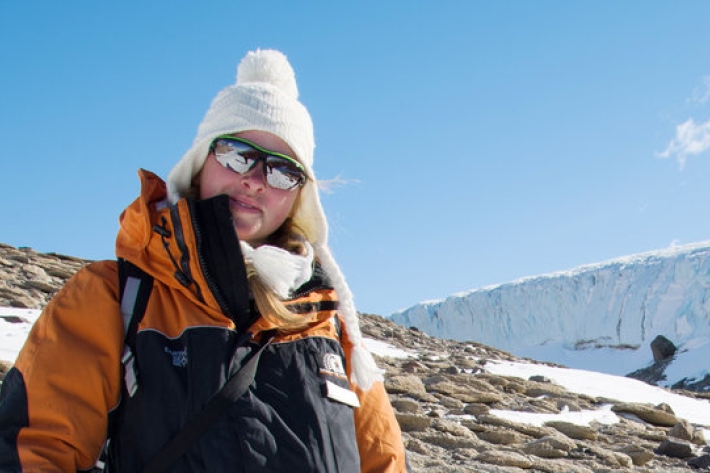-

Southwest Pacific Tropical Cyclone Outlook: Near average tropical cyclone numbers for the region is likely, with increased activity in the late season
News article15 October 2013 -

IPCC says human influence on climate system clear
News article27 September 2013This is one of the key conclusions announced today by Working Group 1 of the Intergovernmental Panel on Climate Change, in the summary of its contribution to the IPCC's Fifth Assessment. -

NIWA uses virtual microscope to strengthen New Zealand’s biosecurity
News article16 September 2013 -

Scientists assess earthquake potential of faults close to West Coast
News article03 September 2013 -

Waitaki weed surveillance plan
Research ProjectNIWA and Meridian are developing a management strategy on LINZ crown owned lakes for pest aquatic plants – weeds, the alga Didymosphenia geminata (Didymo) and filamentous green algae (both native and introduced) - in the Waitaki Catchment. -

St Peter's students take out top Waikato science fair prizes
News article28 August 2013 -

River Environment Classification
Research ProjectThe River Environment Classification (REC) is a database of catchment spatial attributes, summarised for New Zealand's river network. The attributes were compiled for the purposes of river classification, while the river network description has been used to underpin models.

